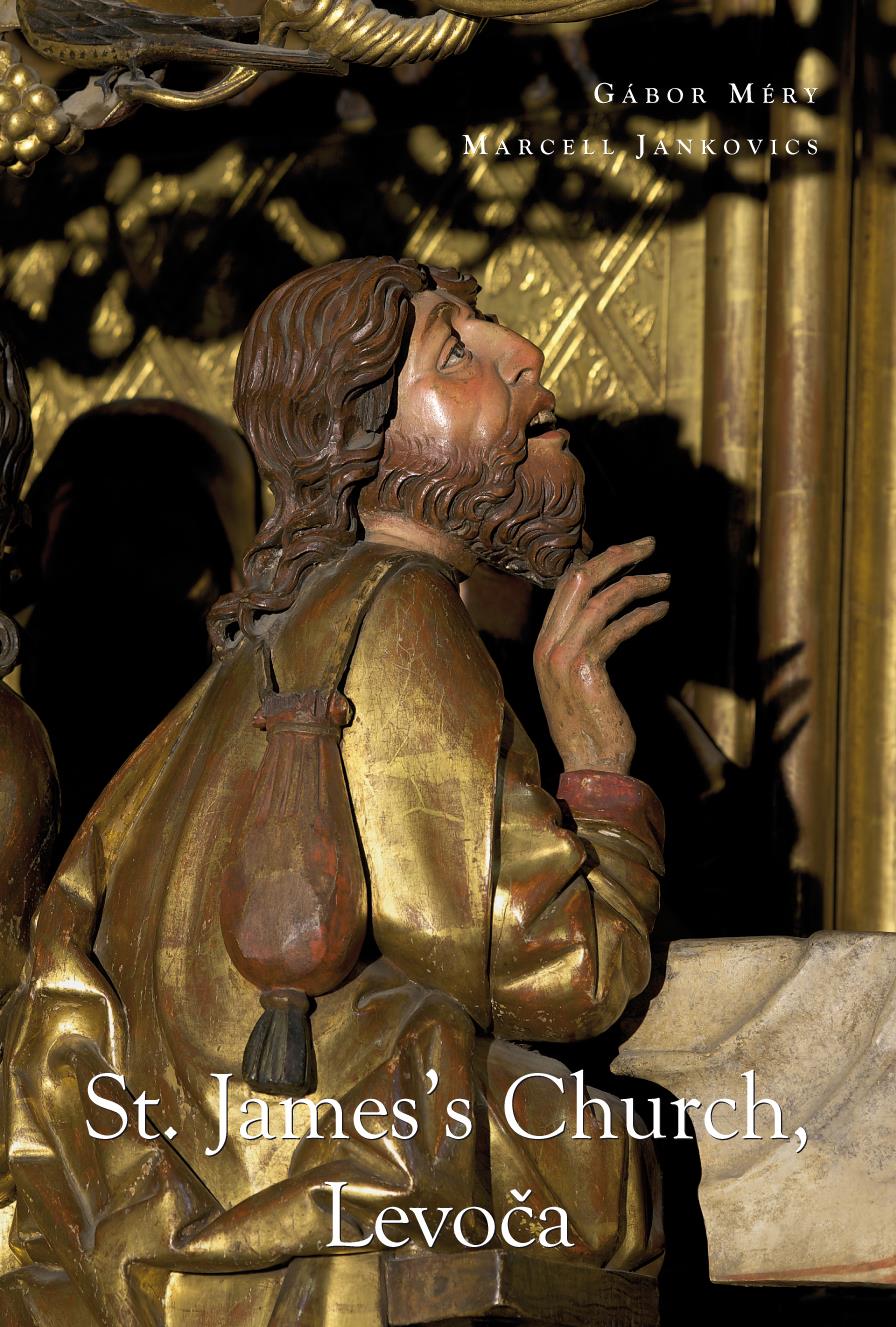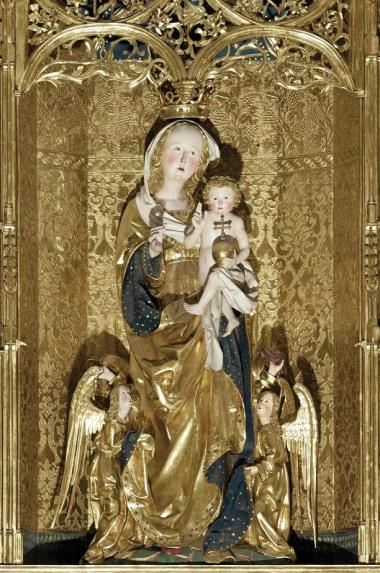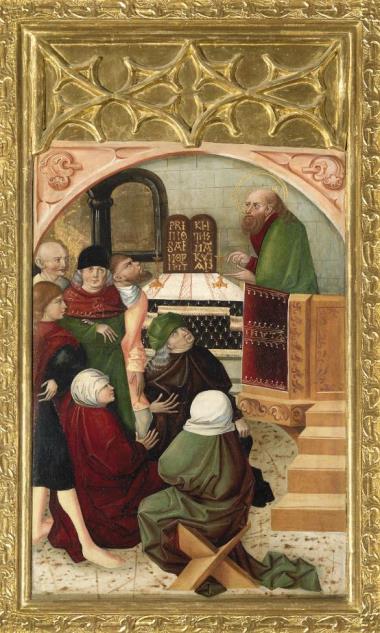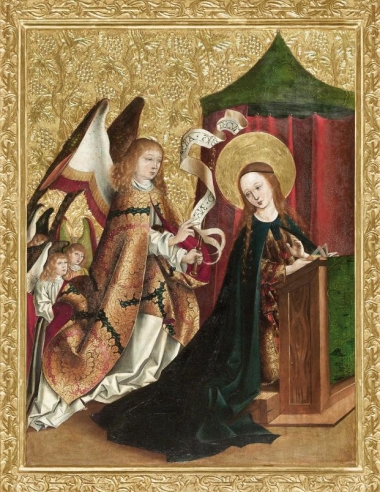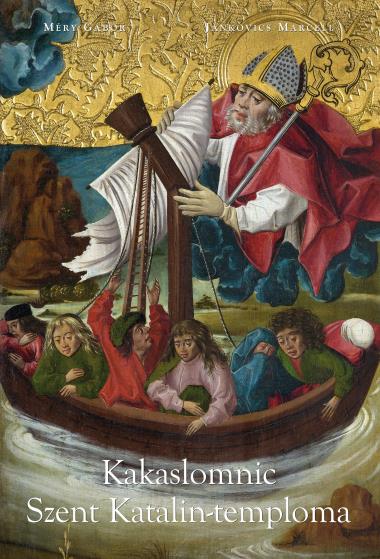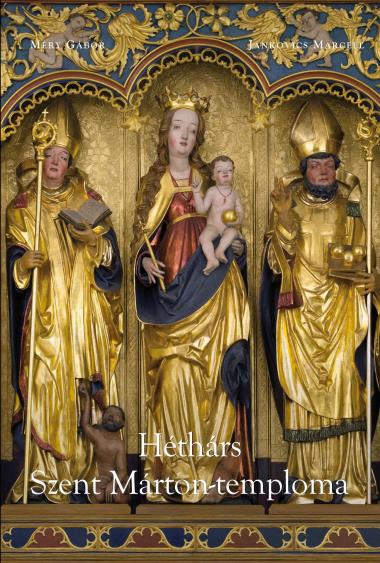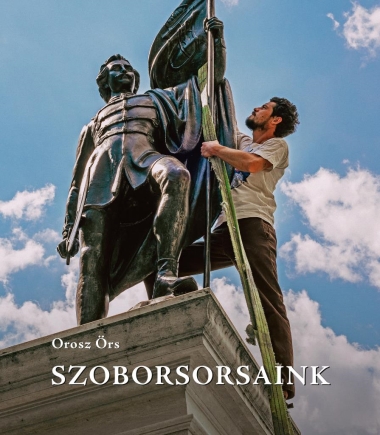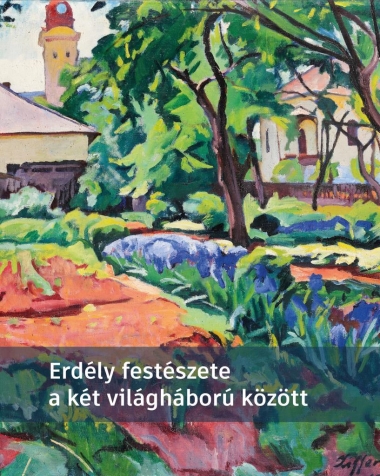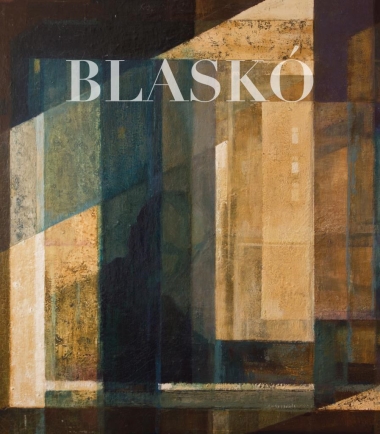The Szepesseg region corresponds to the historical county of Szepes which was once bordered on the North by Poland, on the West by Saros County, on the South by Gomor and Abauj-Torna Counties and on the East by Lipot County. In the Middle Ages the population of the area consisted of the forebears of the Slovaks, the descendants of the conquering Hungarians, as well as of Polish and German settlers. The towns of the Szepes region, including Levoča, were founded by German (Saxon) immigrants. Levoča itself probably first emerged during the rule of Geza II (1141-1162). During the Tatar invasion the town was destroyed: the inhabitants fled, but later they returned and built a new town around 1245. Its first known written mention (as Leucha) comes from 1249. St. James’s Church, the Roman Catholic parish church of Levoča, is an outstanding feature of historic importance and a heritage building, which stands in the heart of the city on the main square, next to the Renaissance City Hall. St. James’s Church of Levoča is a basilica with three naves built in the Gothic style. Its internal dimensions are a length of 49.5 m and a width of 22 m. The articulation of the unified space into tree naves serves to remind us of the essential unity of the Holy Trinity. The vaulting is held up by 12 pillars, in line with the number of the apostles. The five original gates represented the five wounds of Jesus Christ. The church itself as a building represents the mother church, serving as an embodiment of the Virgin Mother.
